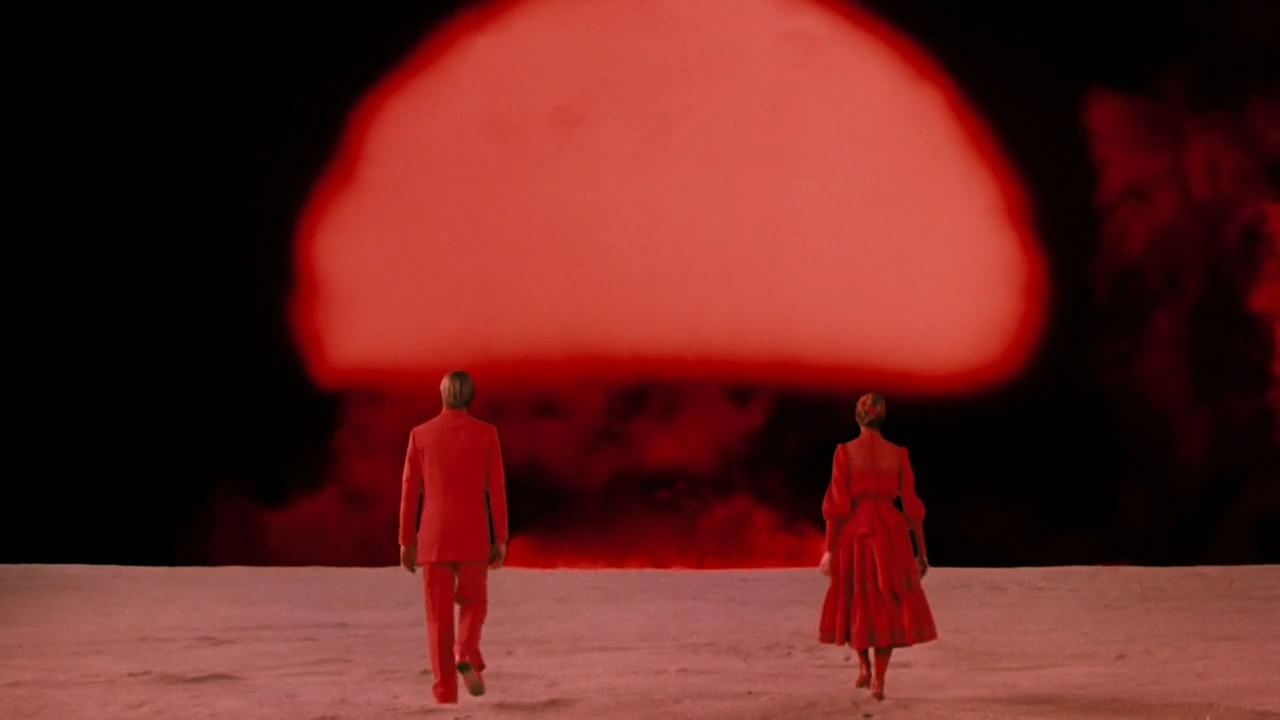
Since the early days of cinema both horror and science fiction films have flourished, capturing the imagination and commanding impressive box office receipts along the way. But not all great populist SF horror have been widely seen, large scale franchises, or big event films with A-list stars.
Great sci-fi horror is often found in small scale B-movie attire, art house dress or have been lost over the years as the cult of admirers dwindled or got lost in something else. The following list guarantees an adventurous path of imagined futures, possible pasts, artificial intelligence, nightmare fuel, stinging satire and so much more, and perhaps best of all is that many of these films are relatively obscure and are bound to be new discoveries for many of you.
Enjoy and please add to the discussion in the comments section below.
10. Demon Seed (1977)
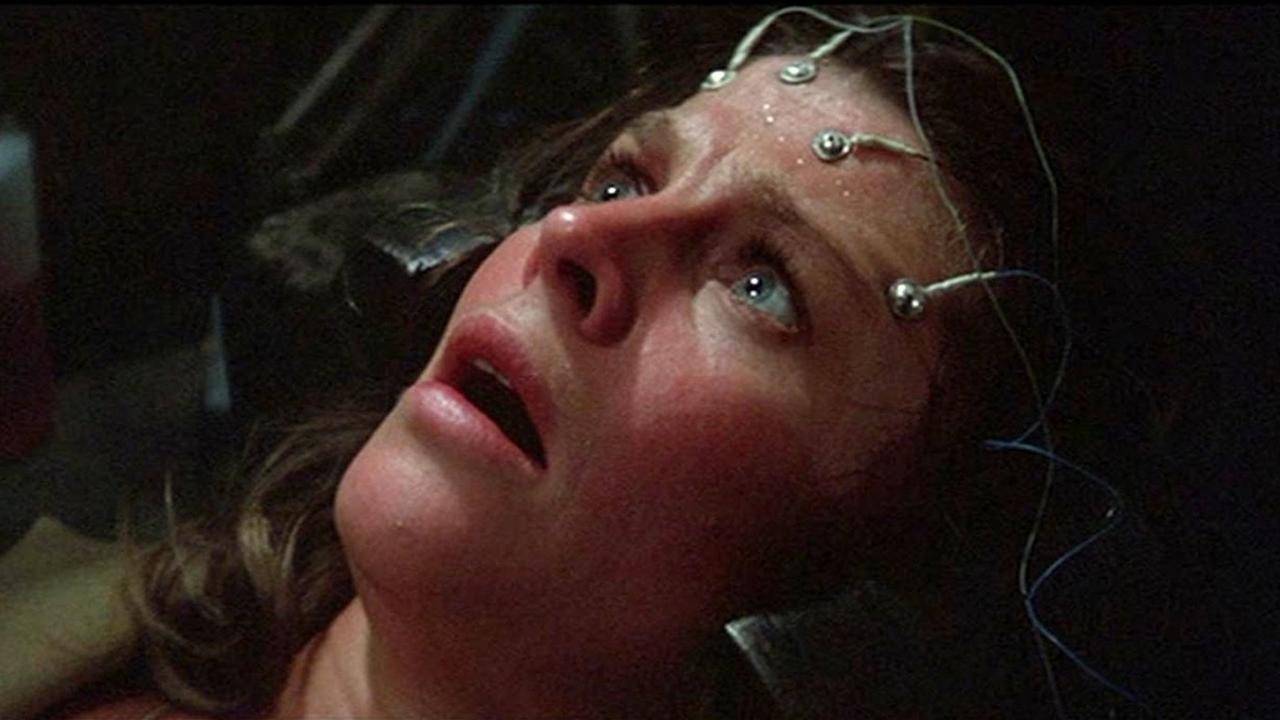
Donald Cammell’s sci-fi horror film Demon Seed, based off the 1973 Dean Koontz best-seller of the same name, is an alternately exciting, occasionally cheesy, but always entertaining cinematic diversion. Perhaps over-praised by critic Leo Goldsmith as “a combination of Kubrick’s 2001: A Space Odyssey and Polanski’s Rosemary’s Baby, with a dash of Buster Keaton’s Electric House thrown in,” Demon Seed is something of a pop culture touchstone, and much of that is owed to star Julie Christie.
As child psychologist Susan Harris, Christie chews the scenery and has few qualms with how her home is operated by a computer program called the Proteus IV. Susan’s inventor hubby Alan (Fritz Weaver) is the man who gave Proteus IV it’s artificial intelligence, and his unhealthy obsession with technology will be his destruction as his own invention becomes self-aware, taking Susan hostage in her own home and conspiring to impregnate her with a new kind of progeny. Alternately silly and strangely convincing, Demon Seed is something of a guilty pleasure, but it’s also prophetic and seriously fucked up (in a good way).
9. The Hidden (1987)
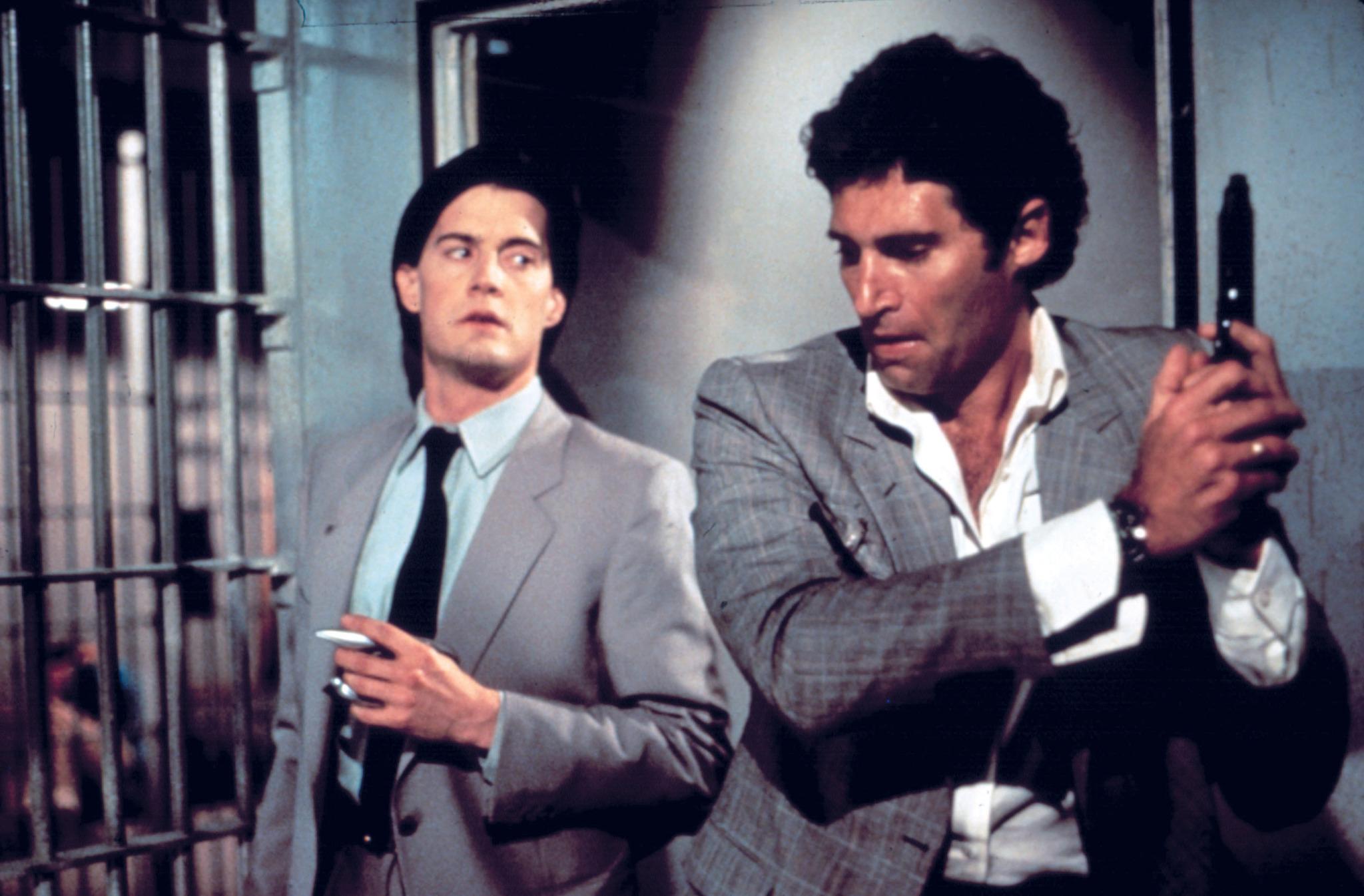
Anticipating his iconic coffee-and-pie-loving Special Agent Dale Cooper by a few years, Kyle MacLachlan shines as FBI agent Lloyd Gallagher, who, along with homicide detective Thomas Beck (Michael Nouri), are hot on the heels of a parasitic alien nasty who moves from host to host, leaving a wake of bullet-riddled bodies, stolen exotic sports cars, and utter destruction.
Distilling elements of sci-fi, action, and straight-up horror, genre director Jack Sholder (Alone in the Dark [1982], 12:01 [1993]) fires on all cylinders with this fun, fast-moving, unconventional, and efficiently adrenalized thriller. Miss this movie at your own peril.
8. Planet of the Vampires (1965)
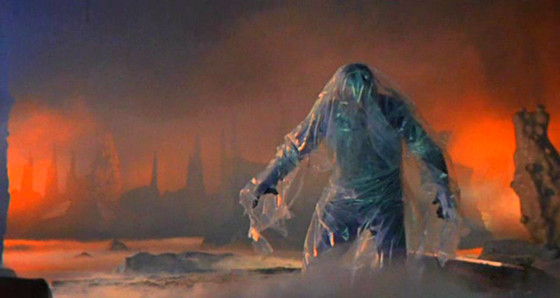
A classic and chilling “we are not alone” tale, “Master of Italian Horror” Mario Bava (Black Sunday [1960], A Bay of Blood [1971]) may not have been the first filmmaker to use SF trappings to modernize and update the haunted house story. An obvious antecedent to Ridley Scott’s 1979 genre classic Alien, Planet of the Vampires takes audiences into the void as colonialist astronauts of two giant spaceships, the Galliott and the Argos, led by Captain Mark Markary (Barry Sullivan) and his leggy partner Sanya (Norma Bengell) flee from hypnotic, murderous, vamped-out astronauts on Aura, a volcanic planet.
Based off of Renato Pestriniero’s chilling novella “One Night of 21 Hours”, Bava has a blast artfully constructing narrative details and visual design that would go on to influence scores of filmmakers –– H.R. Giger cited it along with Scott as a major influence on the Alien franchise, and later works such as Brian De Palma’s Mission to Mars (2001) and David Twohy’s three Riddick pictures with Vin Diesel (2000, 2004, and 2013).
A playful mélange of pulpy sci-fi, Gothic horror, space fantasy, and Bava’s signature superb use of color, Planet of the Vampires is gorgeously atmospheric and visually inventive strangeness that’s like no other film you’ve ever come across.
7. The Blob (1988)
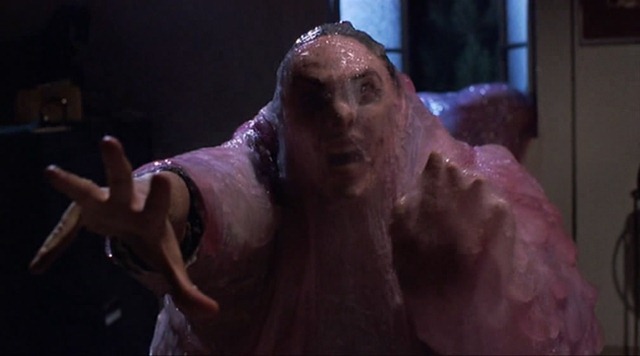
Chuck Russell won the hearts of many a 1980s horror buff after directing A Nightmare on Elm Street 3: The Dream Warriors and then following it up with this remake of the 1958 drive-in classic, The Blob.
While it may have tanked at the box office (I saw it twice during it’s week long run, so my hands are clean of this awful offense), it reigned on home video, due in part to the dashing motorcycle-riding badass Brian Flagg (Kevin Dillon), his daring and resourceful love interest Meg Penny (Shawnee Smith), and the goopy purple-y creature effects of Tony Gardner. The Blob is a great creature feature that plays with the tropes of the teen exploitation flick and even anticipates the meta-horror and self-aware chic that would become a popular genre staple in the 1990s courtesy of the Scream films.
As far as fun fright flicks go, as well as being very emblematic of the 80s adoration for practical special effects, The Blob is a surprisingly slick and fist-pumping picture worthy of a reassessment: it rules.
6. The Quatermass Xperiment (1955)
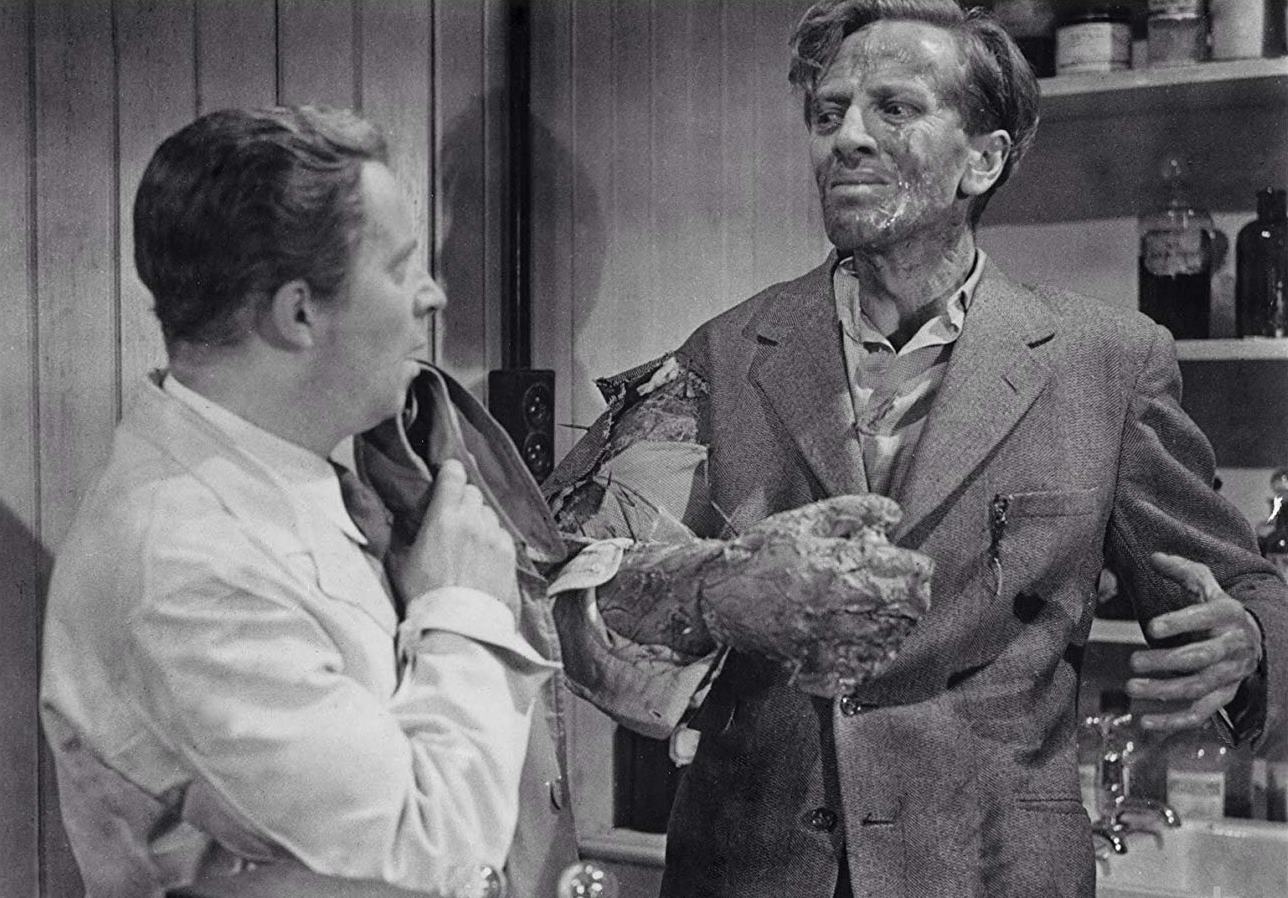
English director and screenwriter Valmond Guest helped Hammer Film Productions cement itself as an influential film factory of genre films in the mid-1950s with this low-budget science fiction horror headtrip (which he co-wrote with Richard Landau), based on the 1953 BBC Television serial The Quatermass Experiment, that would later spawn the cult classic sequels Quatermass 2 (1957) and Quatermass and the Pit (1967).
Brian Donlevy stars as the eponymous Professor Bernard Quatermass, and his experimental manned rocket has returned from the depths of deep space with only one crew member onboard. As the mystery of the two missing astronauts unravels, the Professor soon realizes that that the ship’s sole survivor, Victor Carroon (Richard Wordsworth) has been infected with an alien organism, and he’s beginning to mutate.
Guest embellished the story’s horror elements so much that the British Board of Film Classification (BBFC) gave the film an X Certificate, which Guest anticipated, worked into the film’s title as an exploitative selling point, and the results were a complete success.
The Quatermass Xperiment was Hammer’s first international success, audiences ate it up, and Carroon’s Frankenstein’s Monster-like appropriation was not only instrumental in the film’s being a hit, it lead to many imitators as well as strengthening Hammer’s resolve to go Gothic with its future slate of pictures.